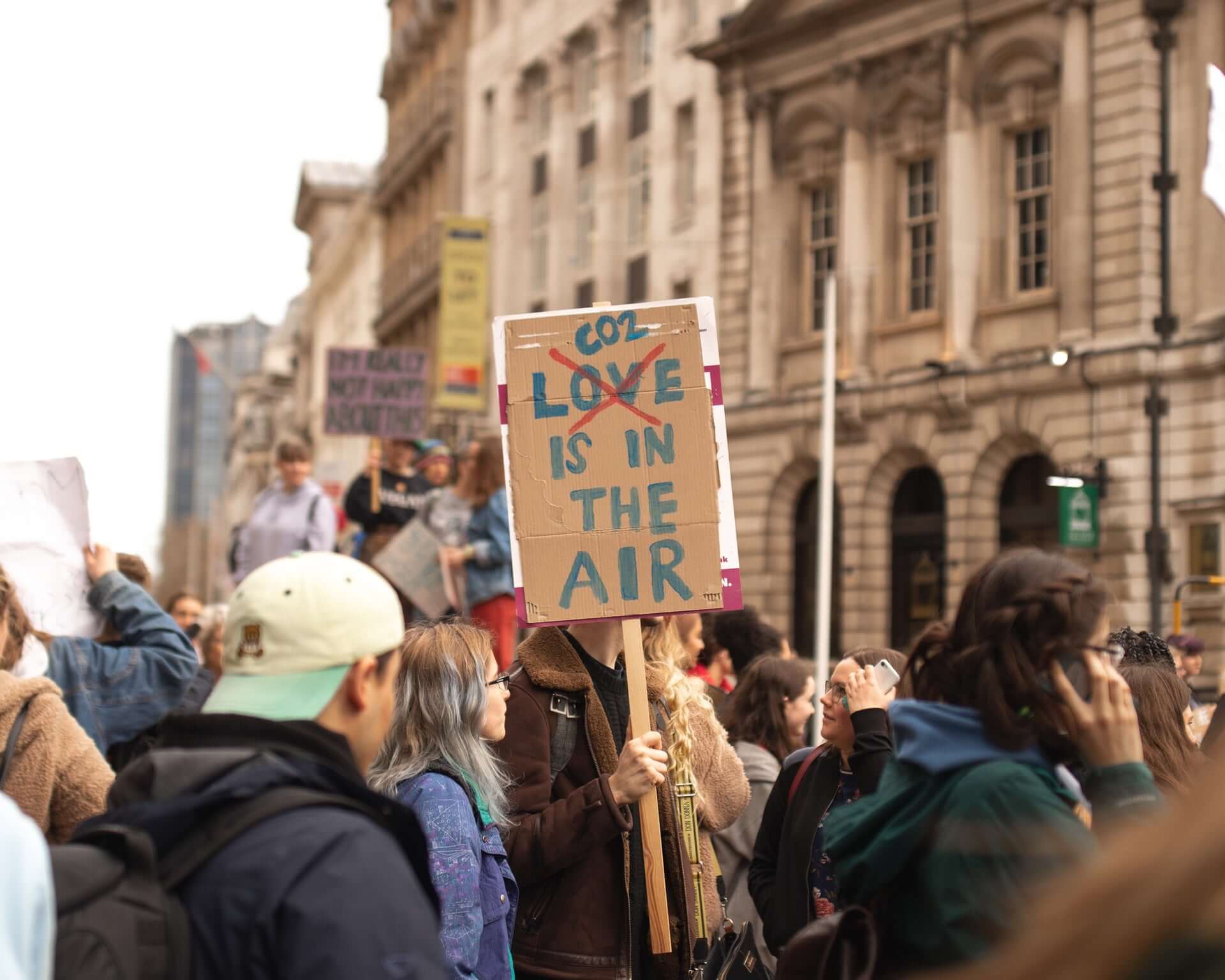
Inhaltsverzeichnis
CO2 sparen – Tipps für den Alltag
Simpel ausgedrückt ist es so: Klimagase wie CO2 und Methan (CH4) tragen zum Treibhauseffekt bei und damit zum Klimawandel. Wer der Umwelt Gutes tun möchte, kann einen Blick auf die eigenen alltäglichen Gewohnheiten werfen und dort Schritt für Schritt ansetzen. Hier kommen Tipps für den Alltag, mit denen du – auch als Einsteiger – Ressourcen sparen und den Ausstoß von Klimagasen verringern kannst.
1. So gut es geht auf Einwegartikel verzichten
Der “Tipp”, der wohl am häufigsten kommuniziert wird und doch noch nicht bei jedem angekommen ist: Vermeide Einwegartikel, wann immer es geht. Dazu gehören der klassische To-Go-Becher, Einkaufstüten aus Papier und Plastik, Plastik-Wasserflaschen, Einweg-Strohhalme, Wegwerf-Besteck, Papiertaschentücher. Das sind natürlich nur einige Beispiele. Hinzu kommt alles, was nach einem oder einigen wenigen Malen der Benutzung in der Tonne landet. Auch Verpackungsmüll lässt sich hier einordnen.
Aber mal langsam: Wieso lohnt es sich, auf Einwegartikel zu verzichten?
Emissionen entstehen immer dann, wenn Produkte hergestellt, transportiert, wiederaufbereitet oder vernichtet werden. Daher ist es sinnvoll, Produkte zu verwenden, bei denen diese Schritte nicht immer wieder aufs Neue erfolgen müssen, sondern zunächst nur einmal. Wiederverwendbare Produkte bleiben länger im Kreislauf und lassen weniger schädliche Emissionen entstehen. Ein weiterer Punkt, auf den man achten kann, ist das Material. Warum z.B. Plastik schädlich ist, kannst du hier nachlesen.
Wenn du mit deiner Nachhaltigkeits-Reise noch am Anfang stehst, solltest du dich aber nicht gleich überfordern. Beobachte dich selbst und deine Gewohnheiten im Alltag und schaue dann, wo du dich persönlich verbessern kannst. Jeder noch so kleine Schritt ist super!
2. Öfter mal wieder Zeit statt Materielles schenken
So gut wie jeder von uns beklagt sich regelmäßig darüber, dass wir nicht genug Zeit haben. Besonders Ausflüge, Unternehmungen und Zeit mit Freunden bleiben bei vielen durch den Alltagsstress schnell auf der Strecke. Wieso also nicht Zeit schenken?
Kurzlebige Geschenke, insbesondere Blumen, haben leider eine schlechte Ökobilanz. Und ja, ich finde Blumen auch wunderschön. Trotzdem leide ich immer ein bisschen mit, wenn die Schnittblumen nach nur wenigen Tagen verwelken und man sie schließlich wegwerfen muss. Wer gerne etwas Grünes schenkt oder bekommt, sollte auf langlebige Pflanzen setzen. Solche, die die Luft reinigen oder Kräuter, die nachwachsen und die man zum Kochen verwenden kann. Eben solche, die mehr “Mehr”wert bieten, als nur schön auszusehen (so traurig es ist, das hier aufzuschreiben…).
Ein Zeit-Geschenk ist in vielen Fällen besser für die Umwelt als etwas Materielles. Und meist haben beide Parteien auch noch mehr davon!

Photo by Priscilla Du Preez on Unsplash
3. Sparsam leben (Es ist nicht so schlimm, wie du denkst)
Ein Punkt, mit dem sich viele schwer tun und den man nicht gerne hört, wenn man in einer Konsumgesellschaft wie der unserer groß geworden ist.
Auch hier ist mir wichtig zu betonen, dass jeder Mensch auf seiner eigenen Reise ist, dass Umstellungen Zeit brauchen und dass Vergleiche mit anderen nicht immer sinnvoll sind. So müssen müssen nicht alle zu Minimalisten werden, in ein Tiny-House ziehen oder unseren Besitz auf dreißig Gegenstände beschränken. Denn es gibt viel mehr, was man tun oder worauf man achten kann. Schaue auch hier, was für dich umsetzbar ist.
Elektrogeräte
Die meisten modernen Elektrogeräte haben einen Standby-Modus, der ab einem gewissen Zeitpunkt automatisch aktiviert wird. Das ist praktisch, da weniger Strom verbraucht wird, das Gerät aber trotzdem wieder schnell in Betrieb genommen werden kann. Wer es aber über sich bringen kann, sich ein paar Sekunden länger zu gedulden, sollte Elektrogeräte komplett abschalten und öfter mal den Stecker ziehen. Viele Geräte, von denen man es gar nicht denken würde, verbrauchen auch im Standby-Modus noch einiges an Energie.
Heizen
Zum anderen wäre da unser Heizverhalten. Wusstest du, dass unsere Heiz-Emissionen pro Kopf pro Jahr genau so hoch sind, wie die Emissionen, die durch Mobilität entstehen? Zwar können Mieter*innen die eigentliche Methode des Heizens meist nicht selbst bestimmen.
Aber das eigene Heizverhalten kann beobachtet und gegebenenfalls angepasst werden. Die klassischen Empfehlungen sind hierbei: Besser wenige Male Stoßlüften als immer die Fenster gekippt zu halten, die Heizung herunterdrehen, wenn man nicht im Raum oder außer Haus ist sowie im Allgemeinen die Heizung um einen Grad (oder einige wenige Grade) runter stellen.
Second Hand
Ich selbst muss gestehen, dass ich Second-Hand-Produkten in der Vergangenheit eher kritisch gegenüber stand. “Second-Hand-Produkte sind beschädigt, gehen schneller kaputt und fühlen sich nicht so ‘neu’ und nicht so sehr nach ‘meins’ an” – So lauteten meine vorschnellen Gedanken zu dem Thema. Tatsächlich habe ich bisher aber nur gute Erfahrungen gemacht mit Artikeln, die ich Second-Hand geshoppt habe. Natürlich macht es bei einigen Produkten mehr Sinn als bei anderen, sie Second Hand zu erwerben. Aber aus zweiter Hand zu shoppen sollte nicht als Hürde, sondern als Chance gesehen werden.
In den meisten Städten gibt es Second-Hand-Einkaufsmöglichkeiten – nicht nur für Klamotten. Beim Kauf über das Internet kommen oftmals Transportkosten und somit auch Emissionen hinzu. Diese sind aber im Vergleich zum Erwerb eines neuen Gegenstands fast immer erheblich geringer.
Genauso gilt natürlich auch andersrum: Produkte, die ich nicht nutze, kann ich in vielen Fällen weiterverkaufen, anstatt sie wegzuschmeißen. Der Weiterverkauf ist hier natürlich mit mehr Anstrengung verbunden als die Alternative Mülltonne oder Wertstoffhof, jedoch ist sie viel nachhaltiger und auch ergiebiger für den Geldbeutel.
4. Pflanzen statt Tiere essen (Auch das ist nicht so schlimm, wie du denkst)
Mein Lieblings-”Tipp”, den ich eigentlich gerne als ersten Punkt genannt hätte. Weil ich aber weiß, wie viele Leute dicht machen, wenn sie das hören, habe ich mich dazu entschieden, diesen Punkt zuletzt zu nennen. Denn wenn du bis hier gelesen hast, gehörst du wahrscheinlich zu den Personen, die noch am Ehesten bereit dazu sind, eine vegetarische / vegane Ernährungsweise in Betracht zu ziehen.
Eine pflanzliche Ernährung ist einer der größten Beiträge zum Umweltschutz, den man leisten kann. Je nach Statistik entstehen bis zu 40% der weltweiten Klimagase durch Tierhaltung und deren Konsequenzen. Das ist mehr als die Emissionen, die durch den Flugverkehr entstehen und damit sehr relevant.
Für viele Menschen bringt eine vegane Ernährungsweise auch gesundheitliche Vorteile – aber das ist ein anderes Thema :) .
Aber auch, wenn du dich zunächst einmal “nur” entscheidest, deinen Fleischkonsum zu reduzieren oder dich mehr mit dem Thema auseinander zu setzen, kannst du viel bewirken.
In diesem Beitrag geht es beispielsweise darum, ob bzw. wieso eine vegane Ernährungsweise gut für die Umwelt ist. Über diesen Link gelangst du zu weiteren Beiträgen zum Thema sowie zu veganen Rezepten.
Zusammengefasst lässt sich also festhalten: Weniger ist mehr, zumindest in puncto Konsumverhalten. Gehe kleine Schritte in die richtige Richtung, statt zu verzweifeln, weil du einen großen Schritt (noch) nicht machen oder umsetzen kannst. Für viele ist ein Leben ganz ohne Auto beispielsweise einfach nicht machbar. Man kann sich jedoch daran gewöhnen, auf Einwegprodukte zu verzichten, immer eine Stofftasche dabei zu haben oder bei Nichtbenutzung den Stecker des Ladegeräts zu ziehen. Sobald diese Dinge dann in Fleisch und Blut übergegangen sind, kann man sich etwas Neues vornehmen und der nächsten Sache widmen. :)
Wenn du noch mehr über die Themen Nachhaltigkeit, Achtsamkeit oder gesunde Ernährung erfahren möchtest, schaue doch mal hier vorbei.

Photo by Megumi Nachev on Unsplash







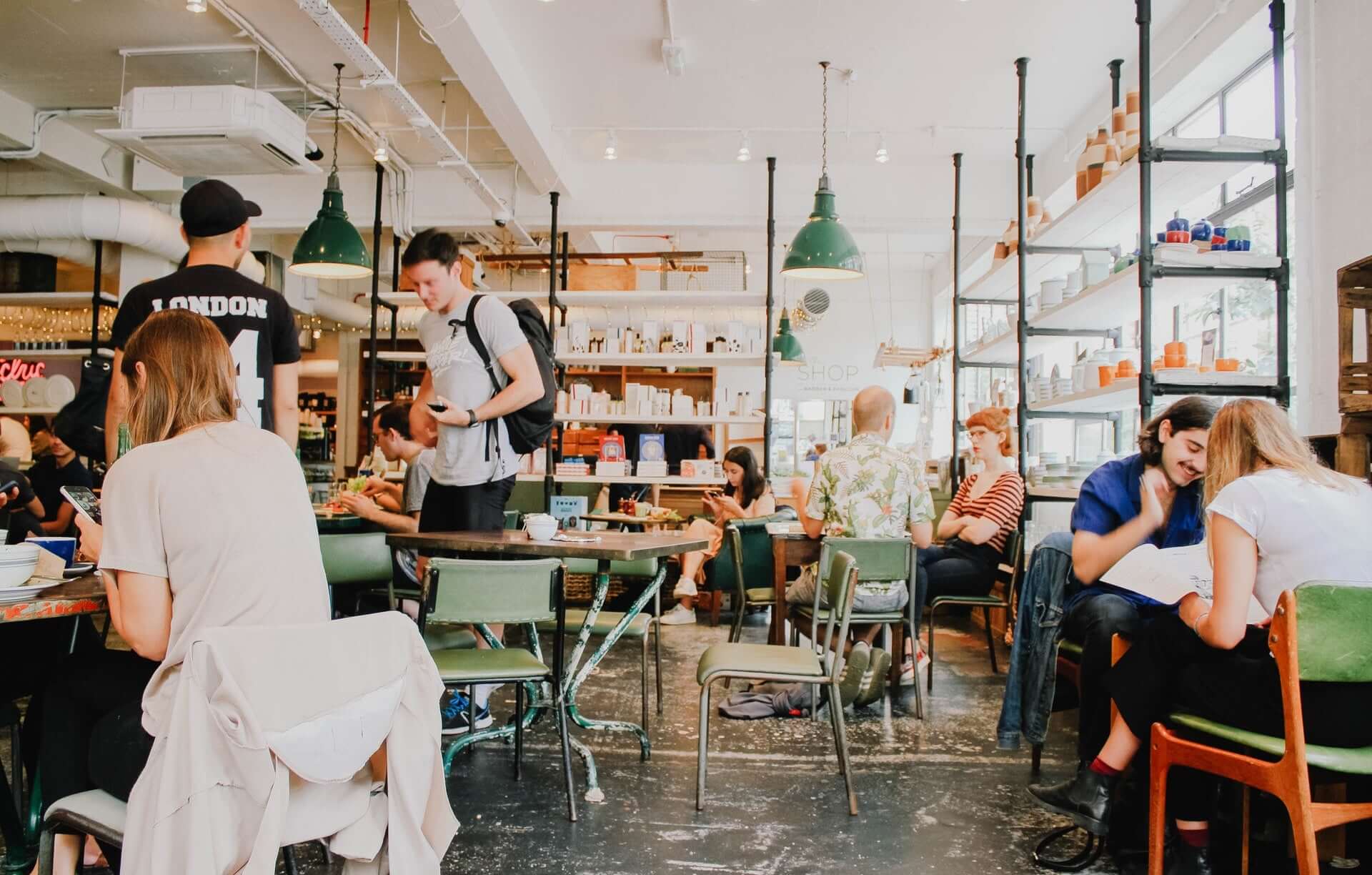
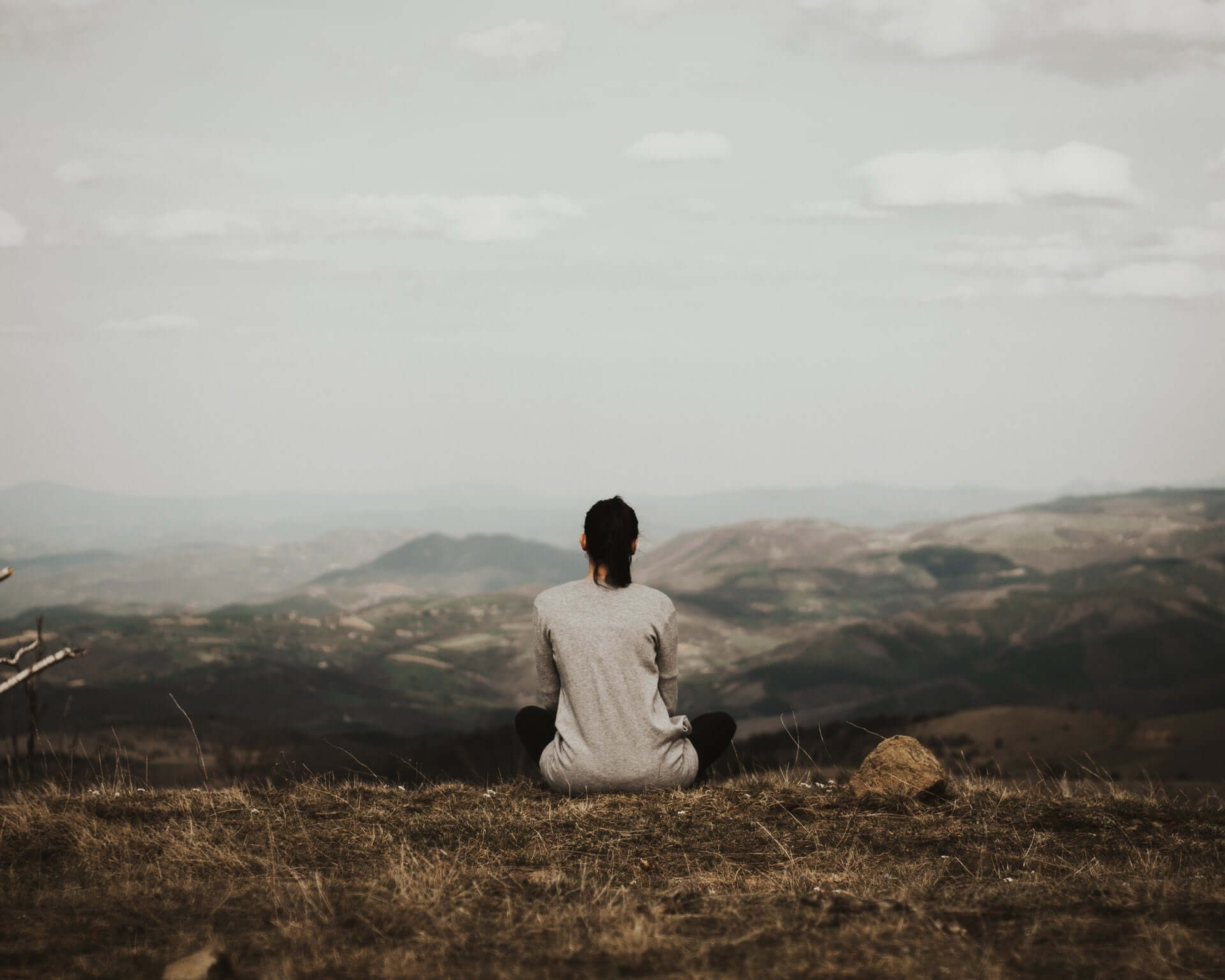
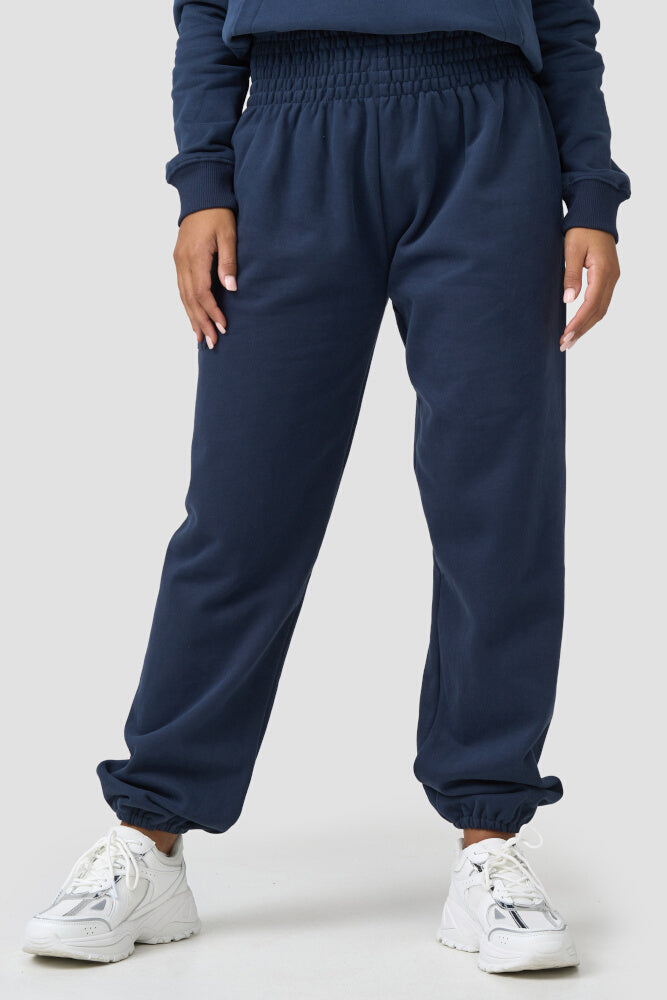

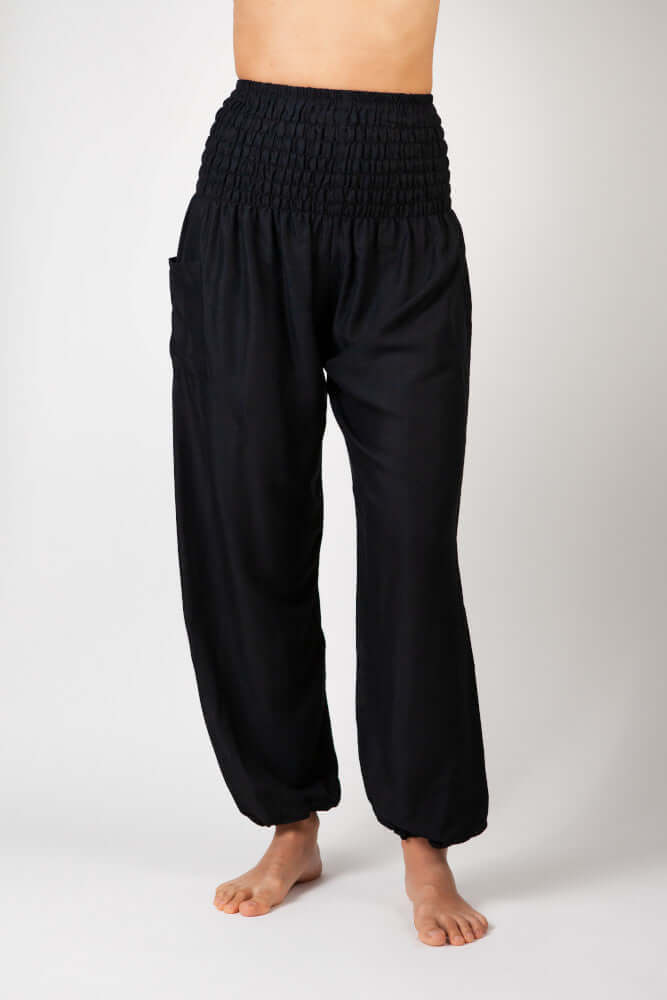
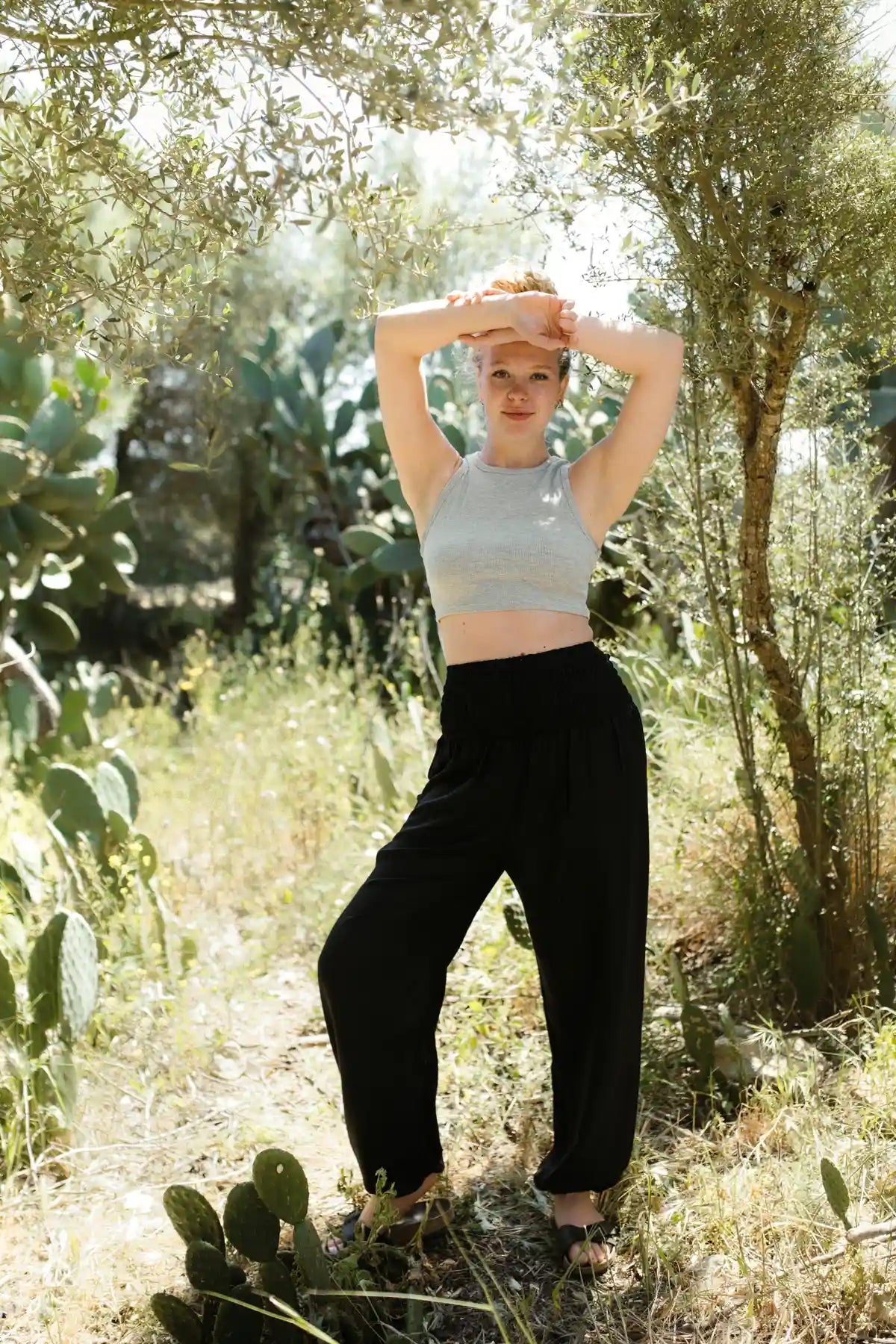
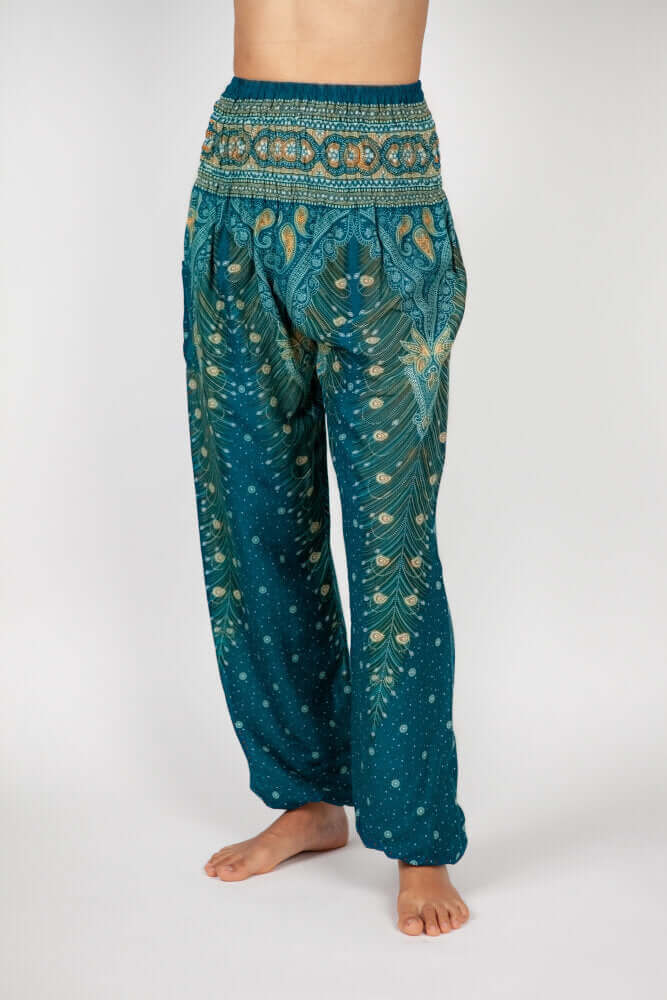

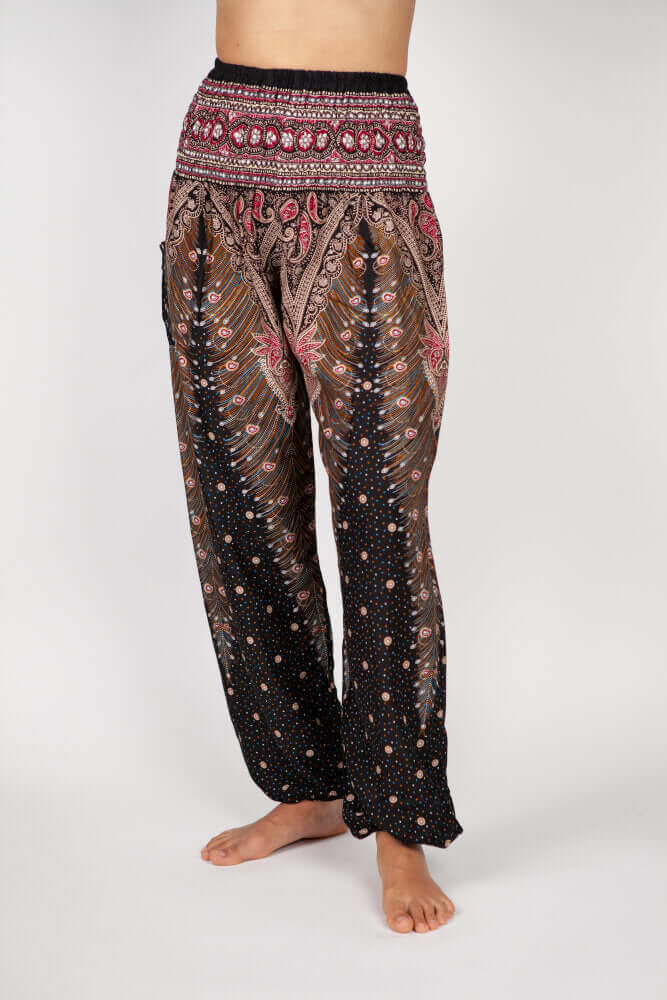

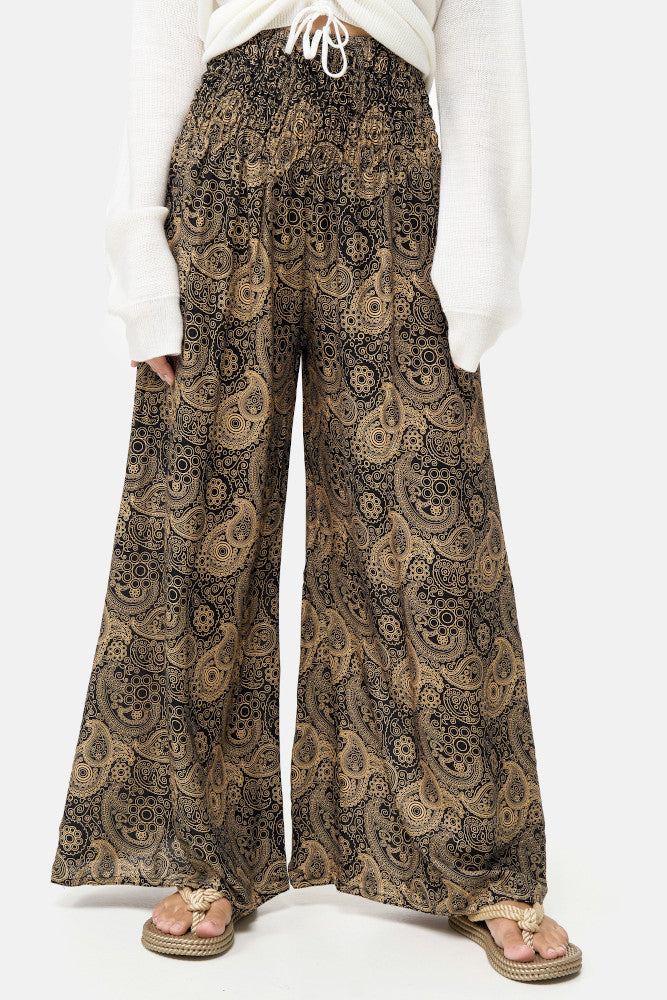
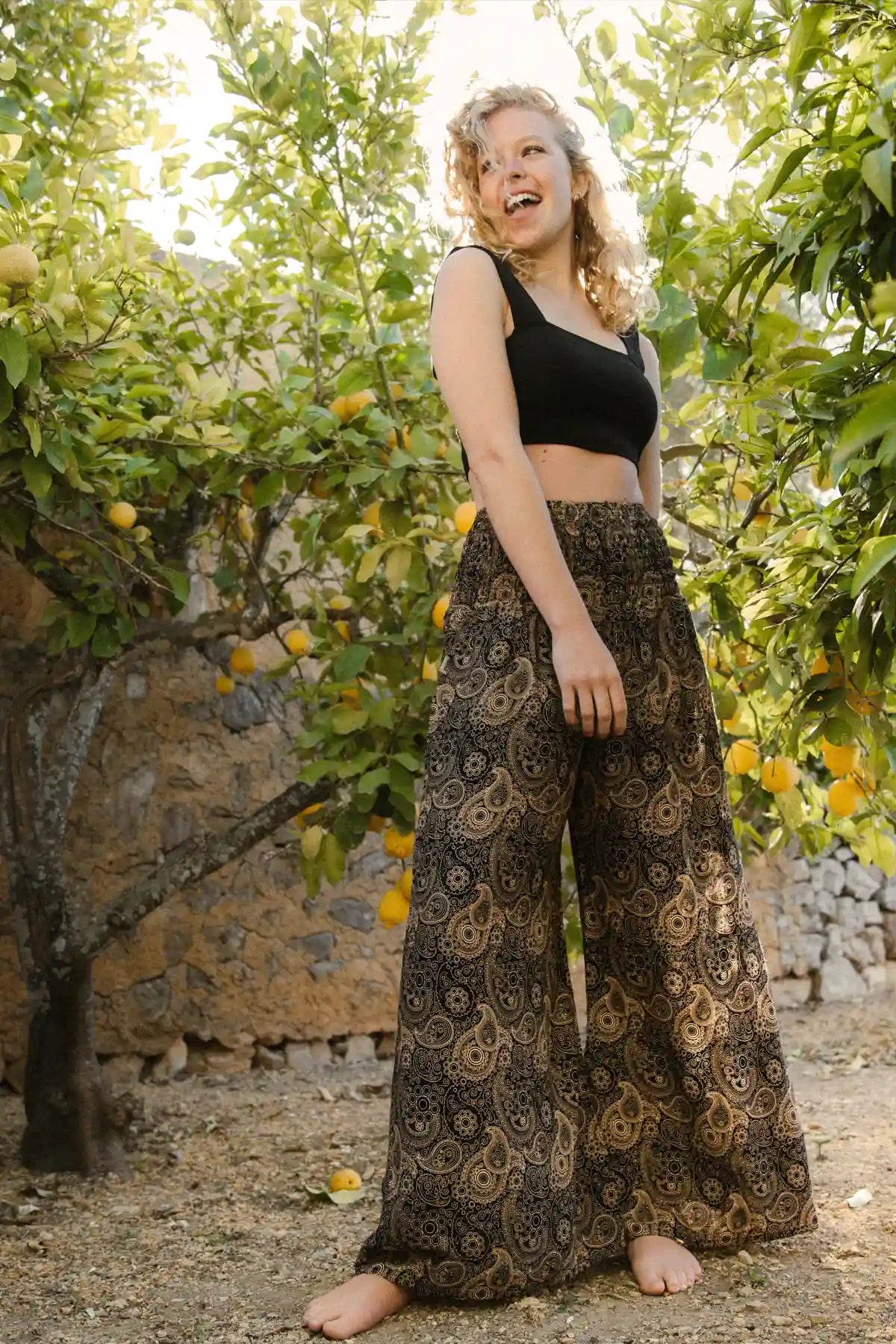
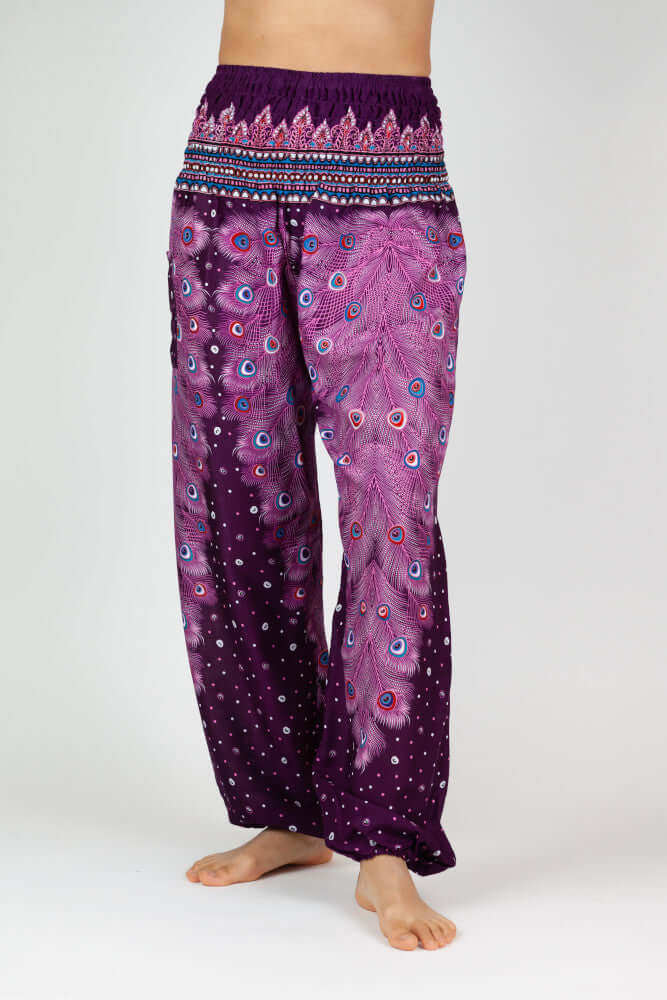

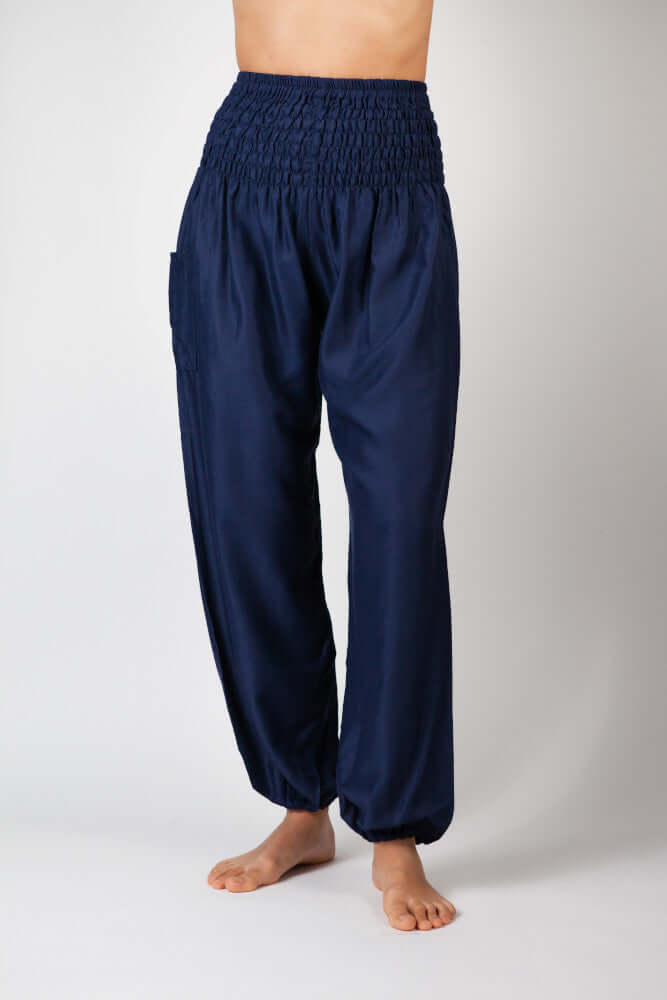

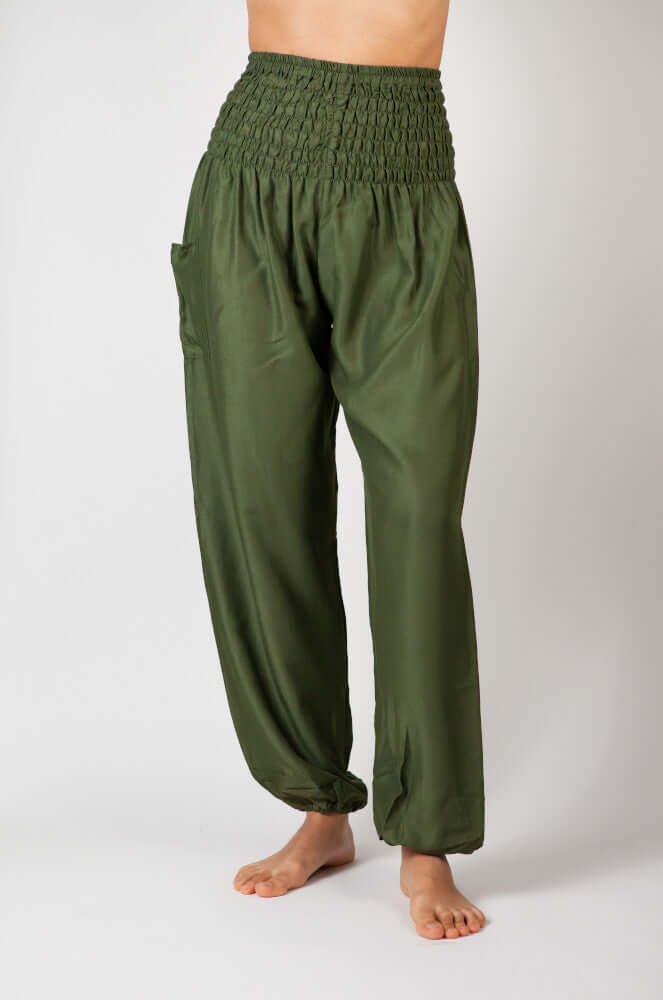

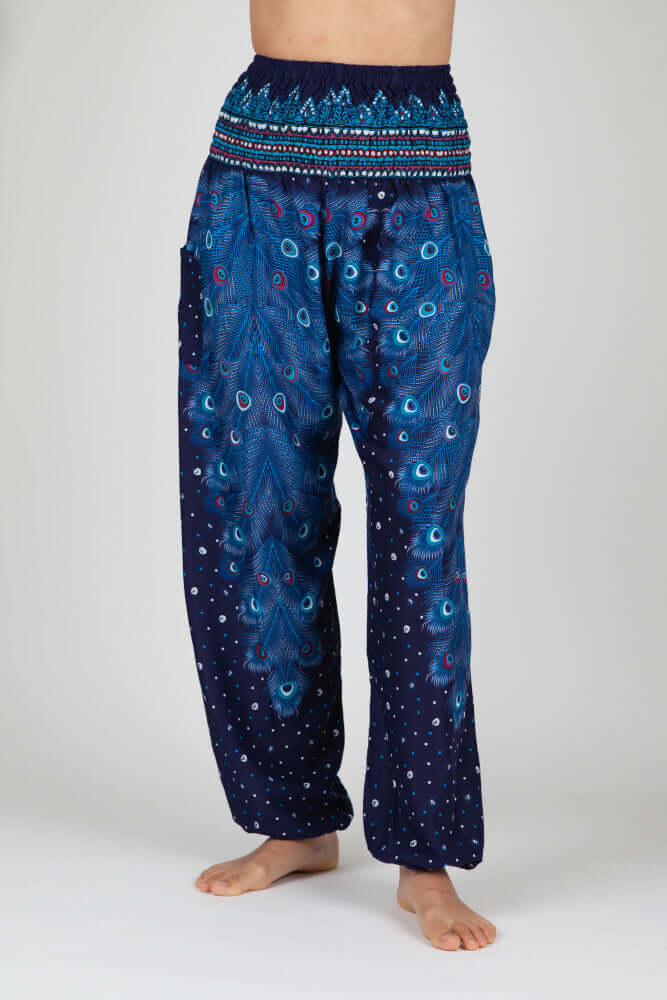

Leave a comment
This site is protected by hCaptcha and the hCaptcha Privacy Policy and Terms of Service apply.